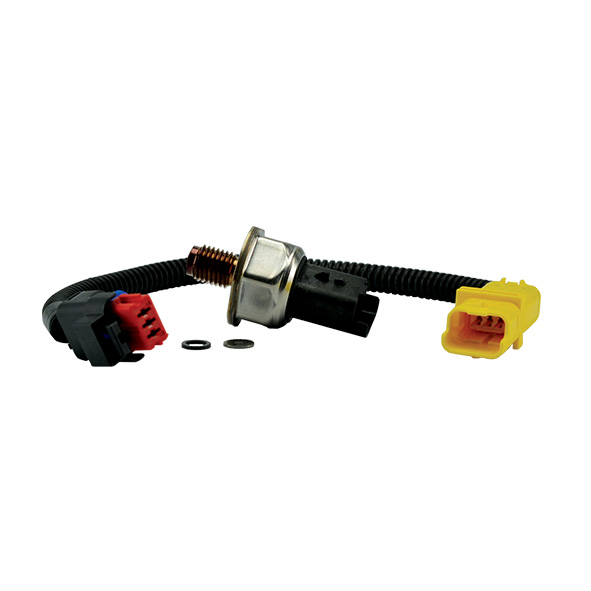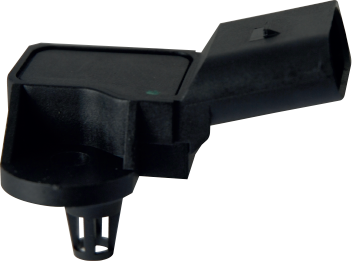First of all, we strongly advise you to visually check the fuel pressure sensor; i.e., the metal body of the sensor (visible dents, cracks or any kind of blow that could have damaged it), the connector (visible loose connections, melted, cracked or oxidised wires) and its wiring (ensure it is not damaged or broken).
Secondly, you can test your sensor’s correct functioning with a pressure gauge. When measuring, the pressure should be between 1,300 and 2,500 bar for a diesel engine, or between 250 and 500 bar for a petrol engine.
If the above tests are not conclusive, then it would appear that you need to replace your vehicle’s fuel pressure sensor.


















